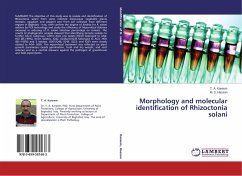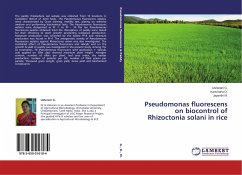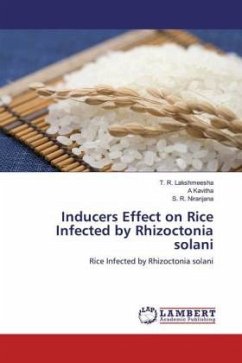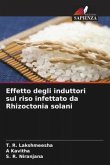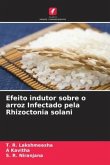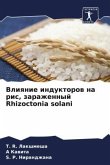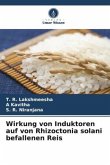SUMMARY The objective of this study was to isolate and identification of Rhizoctonia solani from some infected Solanaceae vegetable plants (tomato, eggplant and pepper) and from soil collected from different regions in Baghdad - Iraq, with confirm the degree of kinship for R. solani isolates by PCR technology and study the efficiency of Mycorrhizal (Glomus mosseae) in reducing of R. solani infection percentage on tomato. The results of phylogenetic analysis showed that identifying tomato isolates to further AG or subgroup, within AG4: one isolate (IQ41) belonged to AG4- HGI (BS=99%), three isolates, IQ42, IQ43and IQ45 belonged to AG4- HGII (BS=100%) and 5 isolates, IQ47,IQ48, IQ49, IQ23, and IQ35 were closely related to AG4- HGIII. The mycorrhizal treatment was reflected on plant growth parameters (seeds germination, fresh and dry weight, and root volume) and as a control measure against the pathogen at greenhouse and field experiments.
Bitte wählen Sie Ihr Anliegen aus.
Rechnungen
Retourenschein anfordern
Bestellstatus
Storno

